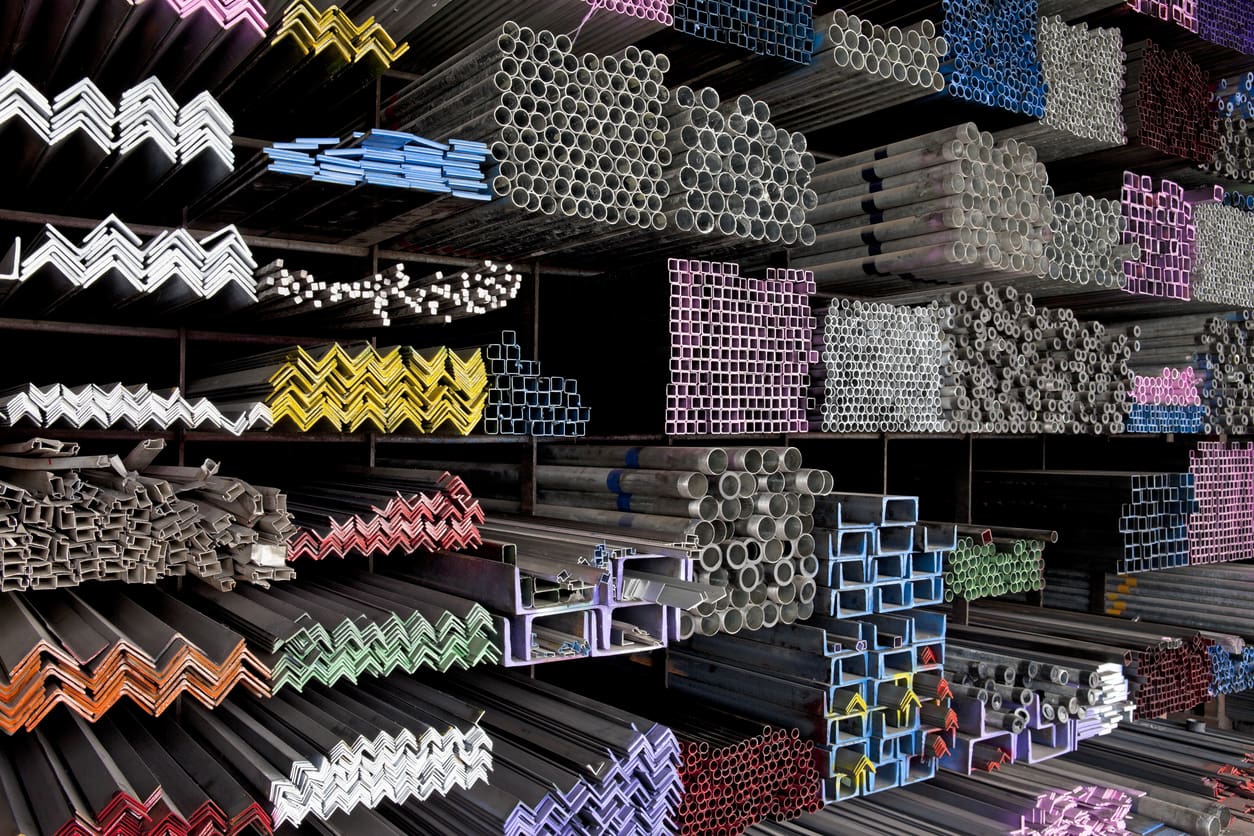Calculating the difference between what the UK exports and imports, the current building materials trade deficit far exceeds the target set in the Construction 2025 strategy document
Despite shrinking by 14% in 2023, it seems near impossible for the UK’s building materials trade deficit to meet the 2025 targets set out in 2013.
In 2013, the building materials trade deficit sat at £6bn. The Government target wanted to half that to £3bn by 2025.
However since 2019, the building materials trade deficit only fell below £10bn once, in 2020, where it was undoubtedly influenced by the extenuating circumstances of the pandemic.
The UK is still importing more building materials than it exports
In 2023, the UK imported £14,189m more building materials than it exported. This represents a 14% reduction, or £2,357m than 2022’s import figure of £16,547m.
The top five markets that the UK imported from in 2023 were:
- China (£4,538m)
- Germany (£2,139m)
- Italy (£1,312m)
- Spain (£1,259m)
- Turkey (£1,061m)
The top five import markets comprised 45.3% of total construction materials imports in 2023. Around 19.9% of all imports are from China.
The top five export markets were:
- Ireland (£1,558m)
- USA (£1,011m)
- Germany (£1753m)
- Netherlands (£651m)
- France (£554
The top five export markets comprised 52.9% of total construction materials exports in 2023. Ireland is the largest export market, with a share of 18.2% of total exports.
The top five exported materials in 2023 were:
- Electrical wires (£1,023m)
- Paints and varnishes (£862m)
- Lamps and fittings (£422m)
- Air conditioning equipment (£419m)
- Linoleum floor coverings (£360m)
The top five imported materials were:
- Electrical wires (£2,756m)
- Lamps and fittings (£1,090m)
- Sawn wood and 6mm thick (£1,024m)
- Air conditioning equipment (£994m)
- Builders ironmongery (£915m)
All figures are taken from the Government’s latest commentary.














